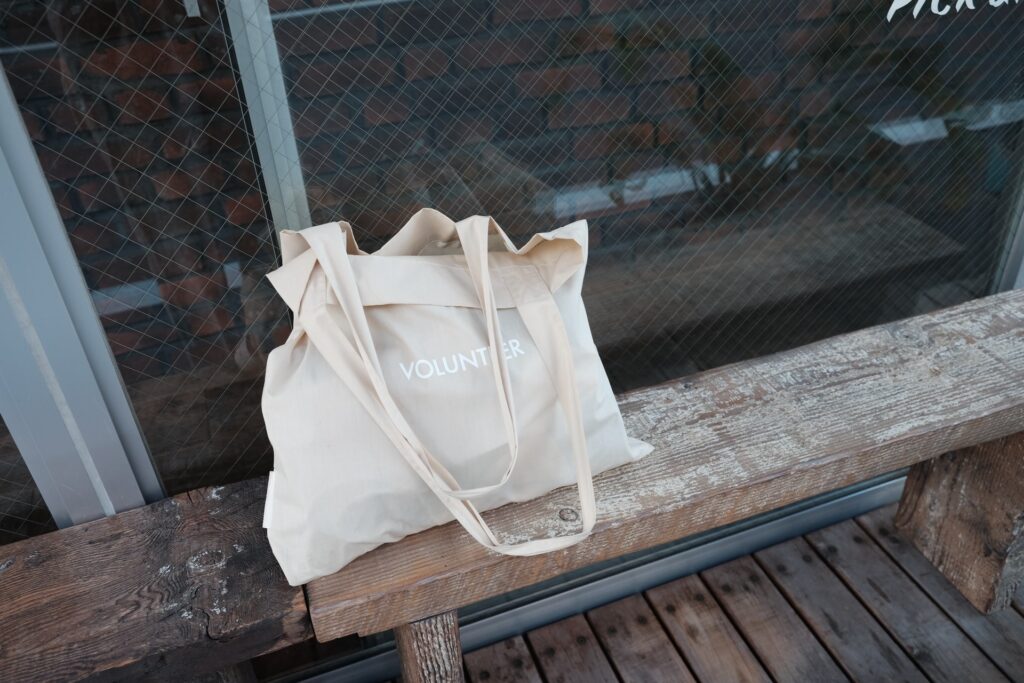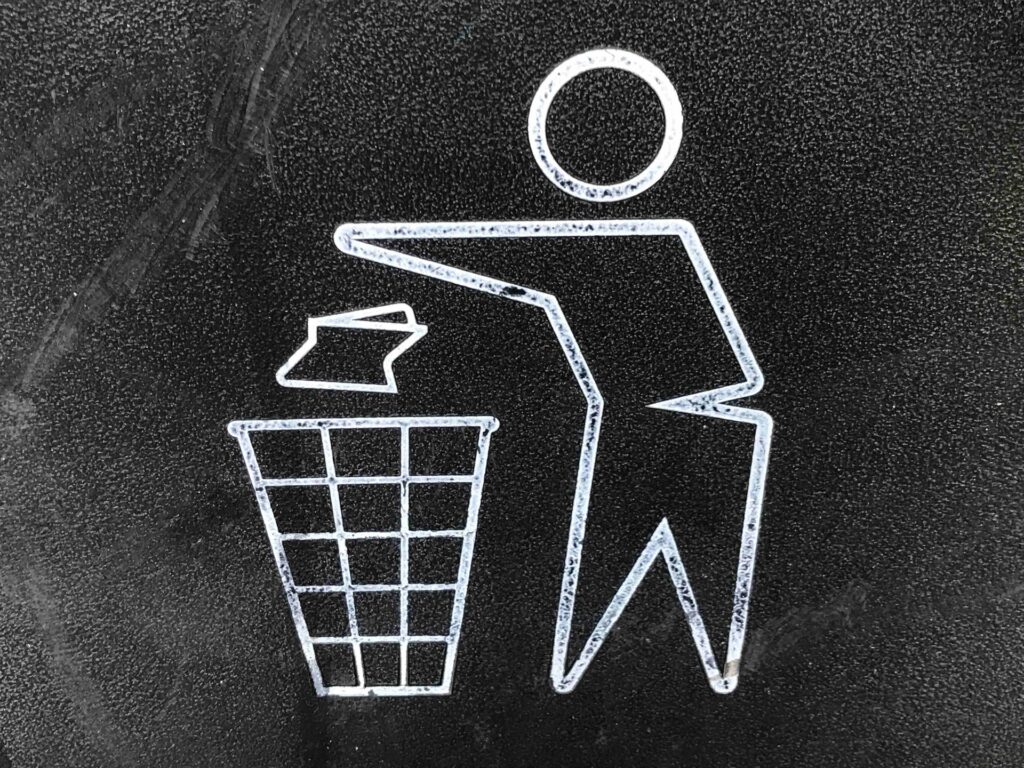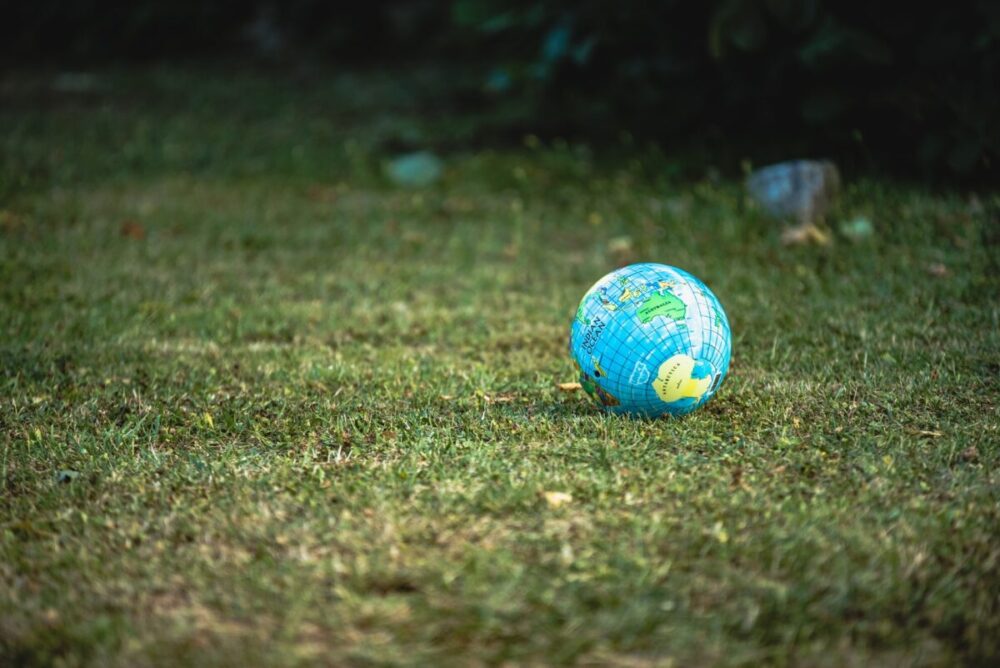Climate change is becoming one of our generation’s most pressing issues, threatening to cause severe environmental disasters and temperature changes that could devastate global agriculture. If you want to learn how to live a more sustainable lifestyle, you are already taking the right steps towards helping the planet recover. In this guide, we’re sharing tips and tricks for eco-friendly living at home and covering what it means to lead a sustainable lifestyle.
Definition of Concepts
In order to adopt a Sustainable Lifestyle in life, a paradigm shift in the minds of all members of society, or in other words, the preservation of the mind is essential and this is the most critical initiative to be given immediate priority. society as the goal of development through a clean and safe environment, efficient systems and management, and lifestyle policies and practices in line with human nature. A sustainable mindset explains how an environmentally friendly lifestyle must meet various conservation characteristics, including in line with regulations, legislation, citizen-friendly, cheap and easy. Cycling or riding public transport to work, paying sewerage bills, and recycling garbage are some of the environmentally friendly practices digested by the sustainable mind. If the sustainable mindset shift is successful, then only the various policies, initiatives, actions, practices, styles of sustainable living can be implemented more easily, cheaply, and effectively.

Source: sustainable
What is Sustainable Living?
A sustainable lifestyle is an environmentally friendly lifestyle that needs to be applied in all our daily activities. This means that sustainable living is based on the practice of lifestyle in accordance with the needs of current and future generations. A sustainable lifestyle should be a new life structure for all groups consisting of individuals, communities, countries, and the world. Life practices and changes in human attitudes are essential to realizing a sustainable lifestyle.
The most basic definition of “living sustainably” is creating as little waste as possible. For example, a sustainable alternative to disposable makeup wipes is a natural fiber washcloth. Makeup wipes are made from synthetic fibers, and you can only use them once, meaning they see maybe 30 seconds of use before being added to a landfill. On the other hand, washcloths are made from natural fibers like cotton, and you can reuse them hundreds of times and for years before needing to be replaced. Using the washcloth creates less waste, meaning it is the more sustainable option.

Source: 100percentpure.com
5 Ways to Live More Sustainable
It isn’t always obvious where you can cut back in your life, which is why we suggest starting with these five simple sustainability practices that apply to most people’s lives. Your family/household may have some specific waste problems you want to address, but starting here will help you to become more aware of your overall consumption and get you used to increase sustainability practices:
1. Eliminate Plastic
Plastic is one of the reasons for the awareness of the human population in 2019 on a global scale. Disposal of plastic is found every few meters of walking, and most of it ends up in rivers and seas and directly pollutes many aspects of the animal and plant world. Likewise, the majority of the human population eats fish and seafood, and thus ingests plastics from the marine world into their own body. One of the reasons is the vicious circle in which we find ourselves and which moves precisely through human participation. People create plastic, they throw plastic.

Source: unsplash.com
The same plastic ends up in the seas, and the sea dissolves the plastic into microstructures smaller than 5 millimeters in size. Because they are small pieces of plastic in size, fish eat them, and consequently plastic becomes part of the body of the fish that we human beings then eat. Only in the last few years have major measures been taken to reduce plastics in everyday life, which is especially true of disposable plastics. In May 2019, the European Commission voted to abolish 10 disposable plastic products, and work is currently underway to launch an alternative (for example, the use of cardboard cups for hot drinks from appliances instead of plastic ones).
According to the decision, by 2024, plastic earplugs, plastic cutlery, plastic plates, straws, plastic balloon sticks, disposable plastic food boxes and plastic cups will be abolished, which will avoid a certain percentage of carbon monoxide in the atmosphere. What each human being can do individually before the official promulgation of the law is to eliminate the above things or replace them with an alternative. For example, instead of plastic earplugs, you can choose paper, cardboard, or wood. Furthermore, instead of plastic bags for fruits and vegetables, use canvas bags that are multi-purpose.

Source: unsplash.com
Stop using plastic. Just stop it. Single-use plastics are a severe problem and add hundreds of thousands of tons of waste to landfills each year. The easiest way to eliminate plastic is to stock up on reusable alternatives to the plastic items you use every day. If you already own plastic items, consider donating them to a local shelter or food pantry.
Some examples of everyday plastic items you probably use at least once a week include:
- Plastic forks, knives, and spoons
- Plastic straws
- Plastic coffee cups
- Plastic water bottles
2. Refuse, Reduce, Reuse, Recycle
Refuse: This means saying no to the plastic bag at the grocery store and saying no to your family wanting to use plastic cutlery to skip doing the dishes. Refuse excess. Learn to say no to stores, friends, communities, even schools. This not only reduces your waste but sets an example for others.
Reduce: In our modern world, sometimes refusing isn’t always possible – you still have to live. So reduce going out to eat. Reduce packaging by getting items in bulk when possible. Reduce your impact by reducing your consumption.
Reuse: In a pinch or didn’t plan well? It’s ok not to be perfect. When you end up needing a plastic bag or the like, find a way to reuse it so that nothing you touch is single-use—reusing things for as they last has a significant impact on the environment.

Source: unsplash.com
Recycle: Notice this is last on the list? That is because not everything is as recyclable as we once thought, and the energy used in recycling negatively impacts the environment. That said, avoiding plastic 100% is almost impossible.
When you come across plastic or other disposable materials, do your best to recycle everything you can. Recycling gives new life to items that have already been used, reducing the need for new materials and creating less overall waste.
3. Purchase Used
A few years ago, the fashion industry contributed upwards of 10% to our planet’s fossil fuel emissions. Making clothes as they come in and out of style requires enormous energy and resources, making these mass-production methods extremely harmful to the environment. Whenever possible, consider buying used clothing (and other household items) to reduce demand for new materials and eliminate waste.
4. Green Transportation
Driving your car solo to work every day might feel luxurious, but is the luxury worth the emissions? The automotive industry is one of the largest sources of fossil fuel emissions, and when everyone takes their private transportation, the air pollutants add up. Rather than driving yourself to school, work, or a day out, try using green(er) transportation options like the bus, carpooling, biking, or walking.
5. Support Sustainable Companies
Where you spend your money matters, so if you care about the environment, you should also be supporting sustainable companies. Investing your money in products from eco-friendly businesses actively helps create more demand for sustainable products and allows you to go on a shopping spree guilt-free! Organizations like Mana Botanics, a Hawaii CBD company, work hard to create products using sustainable methods and strive to create meaningful change within their industry from the inside out.
Final Thoughts
A sustainable lifestyle is an environmentally friendly lifestyle that needs to be applied in all our daily activities. This means that sustainable living is based on practices and lifestyles in accordance with the needs of present and future generations.
You don’t have to make substantial lifestyle changes to be more sustainable – all it takes is a little bit of effort and thought. By making small changes, you can naturally transform your habits to be more in line with your ethics and interest in the planet. If you follow the advice we’ve shared here today, you’ll be well on your way to leading the eco-friendly lifestyle of your dreams.

























